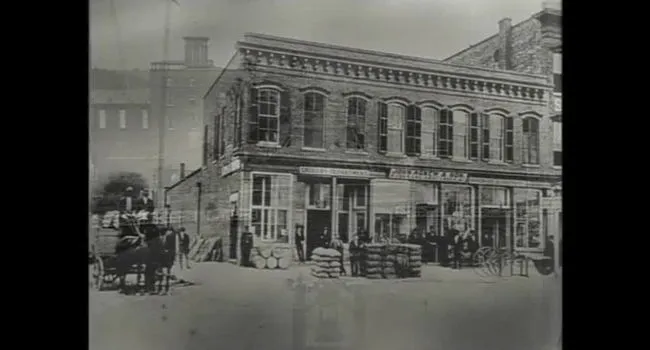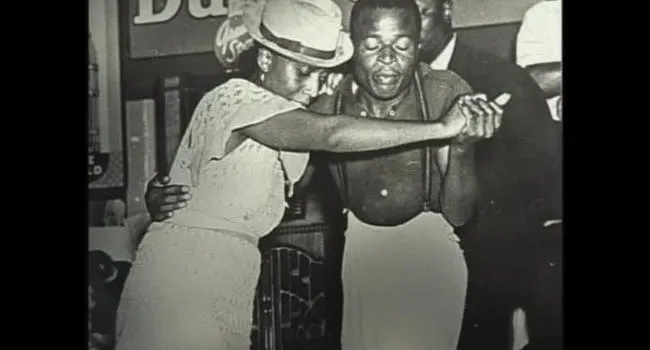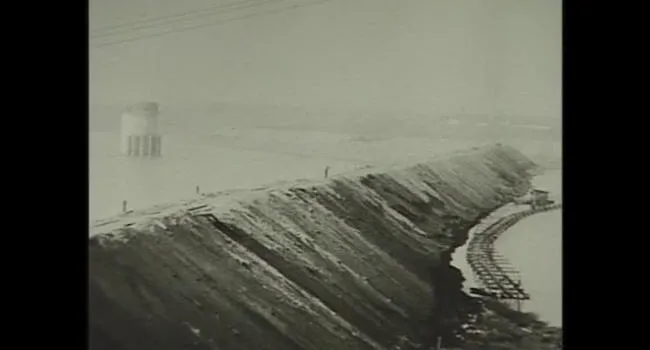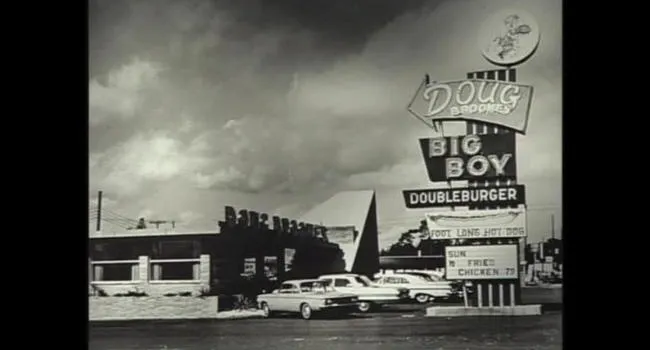Sitting on the Congaree River, Columbia, South Carolina has a rich, diverse, and celebrated history.
Columbia was founded on what was once a plantation owned by Colonel Thomas Taylor. The “back country” settlers wished for a location which was more easily accessible than Charleston, and for the people living in the low country, they were not happy about the decision to found a new capitol city. In 1786, Senator John Lewis Gervais, along with other lawmakers, passed legislation to create the new city of Columbia. There were early disputes with the prototype grid layout of the city, since some of the city blocks ended up in the Congaree River. Between 1825-1840, Columbia had rapidly grown into a prosperous city, with Whites and free African-Americans living together in communities.
News of Columbia’s diverse culture spread quickly, and Columbia became a hub of cultural improvements, including worship services and higher education.
In 1842, the final section of railroad connecting Branchville to Columbia was completed, connecting Columbia to the port of Charleston. This link became a major factor in the economic growth of the town.
Standards
- This indicator was developed to encourage inquiry into how cultural characteristics are determined by a broad range of factors and interactions specific to a place.
- HG.5.1.PR Identify and explain the conditions and connections that influence the characteristics, forms, and functions of cities and their spatial distribution.
- HG.5.4.HS Explain and analyze how distribution and patterns of urban size and hierarchy shapes the design, planning, and structure of other human settlements.
Reflexiones de Columbia, Parte 1 - Fundación e historia temprana | Historias de Carolina
Sentado en el río Congaree, Columbia, Carolina del Sur tiene una historia rica, diversa y celebrada.
Columbia se fundó en lo que una vez fue una plantación, propiedad del coronel Thomas Taylor. Los colonos del “interior del país” deseaban un lugar que fuera más fácilmente accesible que Charleston, y las personas que vivían en las tierras bajas, no estaban contentos con la decisión de fundar una nueva ciudad capital. En 1786, el senador John Lewis Gervais, junto con otros legisladores, aprobaron una legislación para crear la nueva ciudad de Columbia. Hubo disputas tempranas con el diseño de la cuadrícula del prototipo de la ciudad, ya que algunos de los bloques de la ciudad terminaron en el río Congaree. Entre 1825-1840, Columbia se había convertido rápidamente en una ciudad próspera, con blancos y afroamericanos libres viviendo juntos en comunidades.
Las noticias sobre la cultura diversa de Columbia se difundieron rápidamente y Columbia se convirtió en un centro de mejoras culturales, incluidos los servicios de adoración y la educación superior.
En 1842, se completó la sección final del ferrocarril que conecta Branchville con Columbia, conectando Columbia con el puerto de Charleston. Este vínculo se convirtió en un factor importante en el crecimiento económico de la ciudad.







